-
The origins and meaning of tirer les marrons du feu
As Christmas approaches, we look at a phrase to describe someone who takes advantage of a situation
-
Saint-Aubin-des-Châteaux: rural French village with historical and natural charm
Step back in time to explore Neolithic, Roman, and Templar traces... but you will not find any châteaux
-
Owners of French mill seek help tracing history
'We are looking for old photographs from before it closed,' say couple who restored the building
Versailles turns 400: humble hunting lodge to iconic symbol of France
Today’s Château de Versailles is a shrine to opulence but the palace has fallen into disrepair in the past - and been saved several times
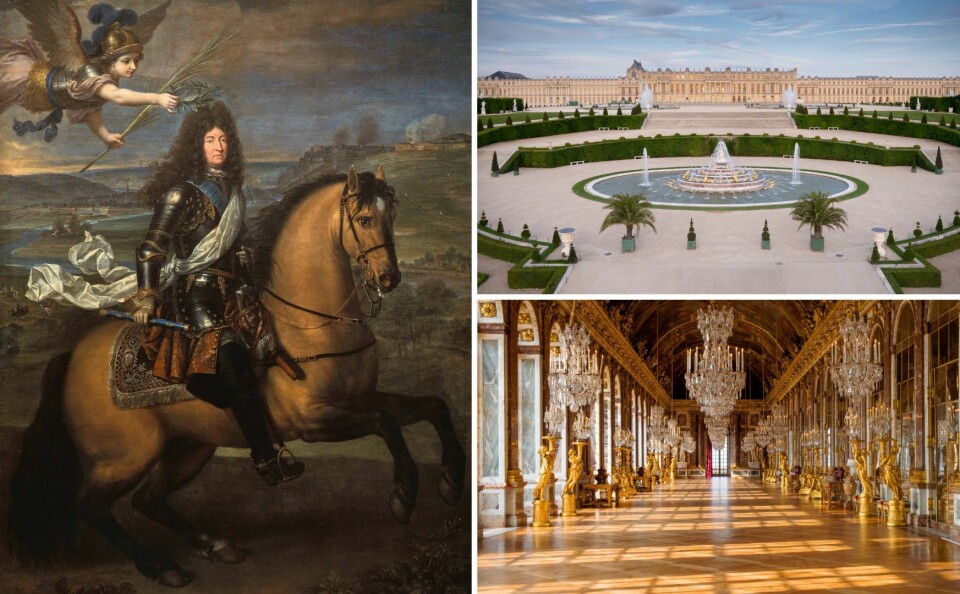
It is hard to believe that the Château de Versailles we know today started off as nothing more than an overnight base for a hunting-mad young king to pursue his passion.
It was in 1623 that Louis XIII selected the game-rich forests of Versailles for such a lodge.
A few years later, he had a grander palace built here, designed by the architect Philibert Le Roy.
Read more: Jean-Michel Jarre to perform for 400 years of Palace of Versailles
It was the start of a series of astonishing makeovers for the site, which today houses 2,300 rooms, spread over 63,154m² and encompassing 800 hectares of gardens and land.
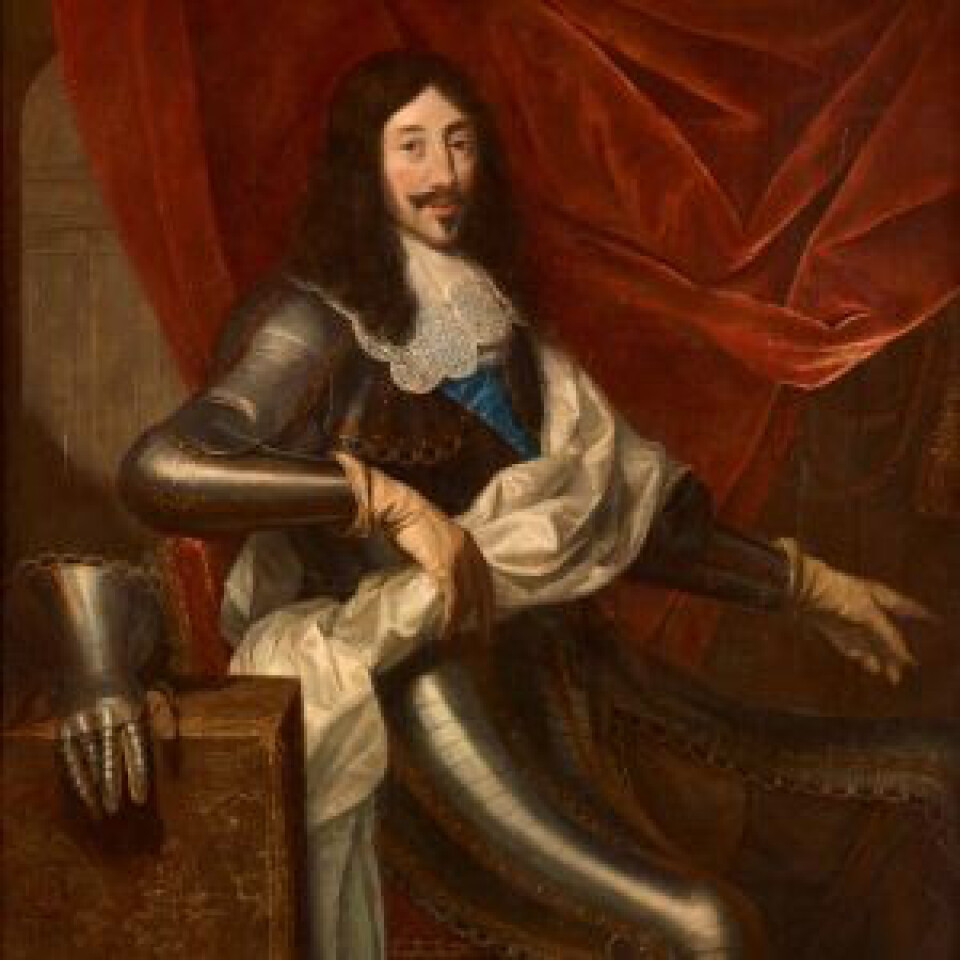
Image: Louis XIII chose to build in the game-rich forests of Versailles; Credit: Justus Van Egmont (Château de Versailles) RMN Christophe Fouin
Sun King commissioned 73 metre long Hall of Mirrors
Over the centuries, four more kings would reside here and leave their mark, but it was Louis XIV who was the great builder of Versailles and its gardens.
“During his reign, extensions and embellishments followed one another in rapid succession, culminating in l’œuvre d’art totale we know today,” said a Château spokesperson.
Known as the Sun King, one of his biggest legacies was the Galerie des Glaces (Hall of Mirrors).
“It is undoubtedly the most emblematic feature of the chateau. Over the course of its 73 metres, it showcases France’s political, economic and artistic successes,” said the spokesperson.
“Under the Ancien Régime, it was used daily as a place of passage, waiting and meeting, frequented by courtiers and visitors.
“Exceptionally, it was used for ceremonies, when the sovereigns wanted to give the greatest splendour to the entertainment offered on the occasion of princely weddings or diplomatic receptions.”
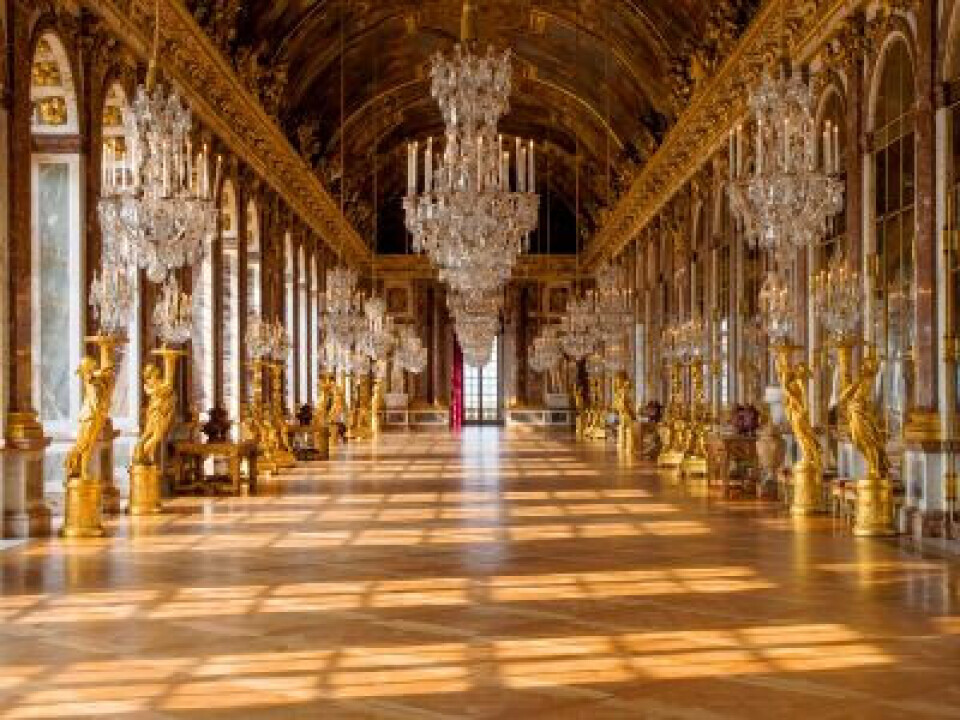
Photo: Galerie des Glaces (Hall of Mirrors) is 73m long; Credit: Thomas Garnier
Palace still not finished when Louis XIV died
Louis moved his advisors and council to Versailles from May 6, 1682.
To develop the gardens, he commissioned architect André Le Nôtre to embark on a huge landscaping project alongside statesman Jean-Baptiste Colbert, artist Charles Le Brun and architect Jules Hardouin-Mansart.
Statues and fountains were installed, an orangery built, and woodlands and meadows made way for a canal – a monumental task that, at times, took thousands of men to labour on.
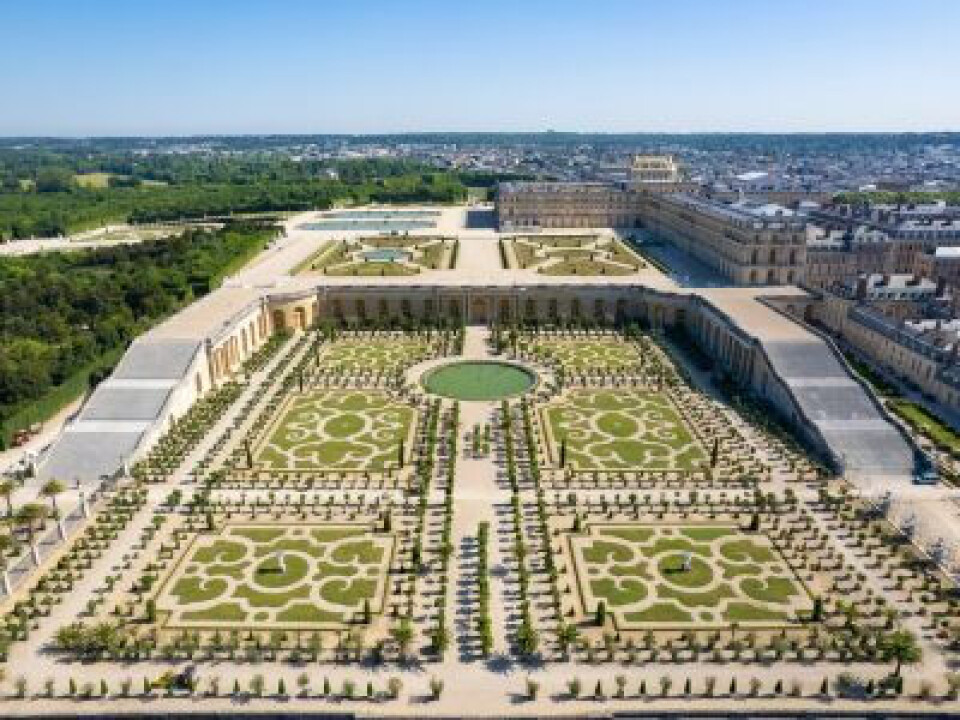
Photo: The gardens draw many visitors to Versailles today; Credit: Thomas Garnier
Despite devoting 50 years to the palace, it remained unfinished upon Louis’ death in September 1715.
The court abandoned it for Vincennes and transplanted itself briefly to Paris the following December.
Read more: France’s finest chateaux gardens and parterres are magical in December
A palace in the grounds for Madame de Pompadour
Versailles entered a period of neglect and it was not until 1722, that a young Louis XV made the decision to return to the project, adding a few touches of his own.
These included a grand theatre and changes to the gardens, including building the Petit Trianon (a new palace in the middle of them) for his mistress Madame de Pompadour.
Louis XVI was the last royal to live at Versailles and the celebration of his marriage to the Archduchess of Austria Marie-Antoinette in 1770 was one of the greatest events to take place here in the late 18th century.
However, poor guidance from his advisers and his wife’s penchant for luxurious purchases made his downfall almost inevitable.
With the start of the Revolution, the family were forced to flee Versailles and Louis XVI was guillotined on January 21, 1793.
Versailles items auctioned off after Revolution
In the aftermath, Versailles was mostly preserved, but there was uncertainty about what to do with it.
The Musée du Louvre offered a home to various artworks and the remaining 17,182 lots that had not accompanied the royal family to the Tuileries were auctioned from August 25, 1793 to August 11, 1794 and mostly acquired by locals and traders.
Over the coming years, the chateau offered guided tours, became a public depot and was even used to store and organise seizures carried out by the departments of Seine and Oise.
When in power, Napoléon Bonaparte was well aware of the palace’s image and chose to settle in the more modest chateau of Trianon, situated in the northwestern part of the Versailles estate.
The palace acted as a hospital during World War One
It was not until the accession of Louis-Philippe as ‘King of the French’ in 1830 that Versailles was really brought back to life.
He wanted to commemorate his family and the estate’s story by creating a museum dedicated “à toutes les gloires de la France.”
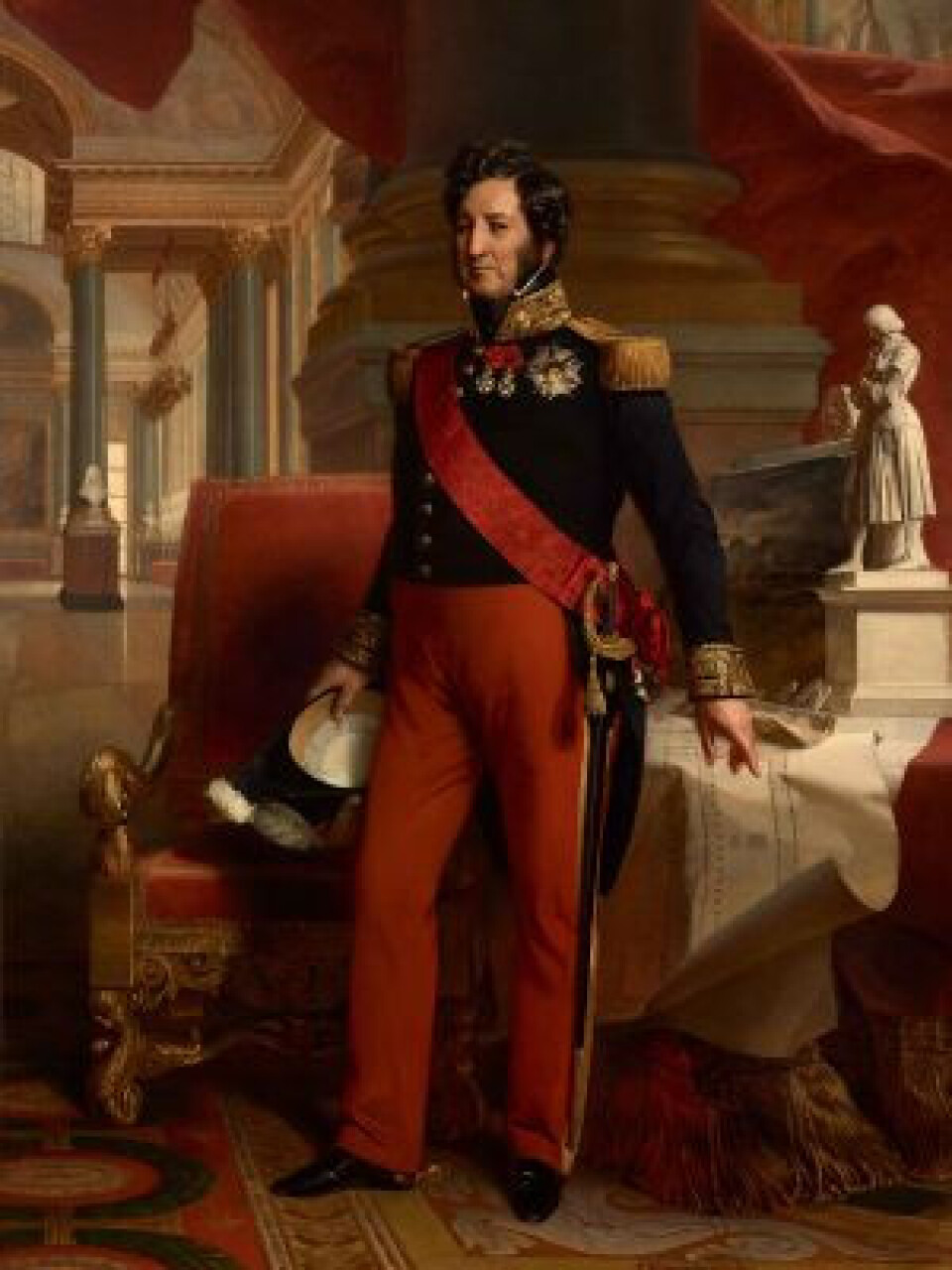
Image: Louis-Philippe I, ‘King of the French’; Credit: Franz-Xaver Winterhalter (Château de Versailles) NMR C. Fouin
After him, Napoleon III used the palace as a venue for celebrations including, in 1855, to welcome Queen Victoria and re-establish political alliance with the English.
English monarchs would continue to visit; King George VI in 1938, Queen Elizabeth in 1957 and, most recently, King Charles III on his first state visit as British monarch in September.
During World War One, Versailles acted as a hospital, soon falling into disrepair. Maintenance was necessary but funds were non-existent.
Read more: France charmed by King’s ‘almost perfect’ French
American financier, Rockefeller, saw potential
Its fortunes changed when a fundraising event held on June 30, 1923 was attended by the American financier and philanthropist, John D Rockefeller Jr.
He foresaw its future as an international treasure and donated $1million (20 million francs) to repair leaking roofs and to restore the external features and roof timbers.
In 1927, he specified that 23 million francs was earmarked for Versailles, in particular the Grove of the Domes, the Ballroom Grove, the Queen’s Hamlet and the Grand Trianon.
Rockefeller’s involvement inspired the Assemblée nationale to allocate 4 million francs per year to the Château de Versailles in 1924, which was increased to 5 million in 1932.
At the beginning of World War Two, Versailles was shut down to the public, entrance areas were bricked up, windows were boarded and artworks were moved to secret locations. Although targeted by German bomber planes, it survived fairly unscathed.
After 400 years Versailles is still a work in progress
The Château de Versailles was designated a World Heritage Site in 1979, making conservation a crucial part of the attraction’s operations.
This has been monitored under the leadership of Laurent Salomé, directeur du musée national des châteaux de Versailles et de Trianon since 2016.
From the autumn of 2017 to 2021, the palace experienced one of its largest restoration projects.
“The restoration of the Chapelle Royale involved a multitude of trades and expertise essential to heritage conservation,” explained the spokesperson.
“Master roofers, master carpenters, stonemasons, sculptors, master glassworkers, glaziers, gilders, locksmiths, etc. were all involved.
“All these skills were at the heart of this first major restoration project.”
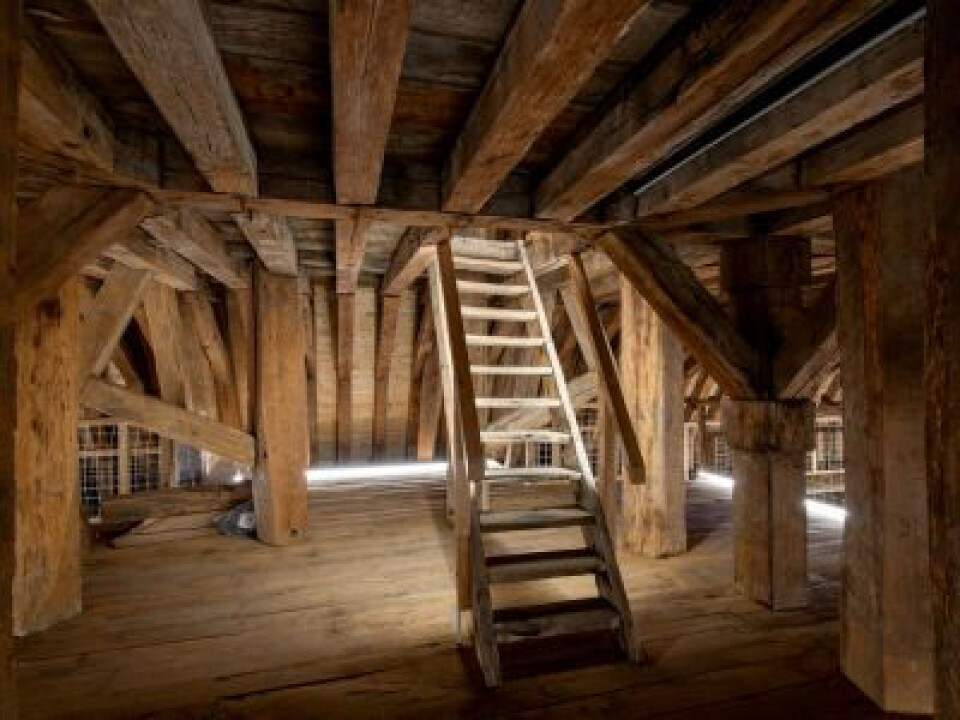
Photo: The restored framework of the Royal Chapel; Credit: Didier Saulnier (Palace of Versailles)
Efforts continue to conserve this extraordinary site for future generations. It means that, some 400 years after its inception, Versailles is still very much “a work in progress.”
To mark the anniversary, visitors can explore a new layout of the Gallery of the History of the Palace, tracing its evolution via 120-plus works of art.
Versailles key dates
Day of the Dupes, November 10 & 11, 1630
Enemies of Cardinal Richelieu believe they have persuaded Louis XIII to dismiss him, but Richelieu follows the King to Versailles, where he is assured of continued support.
Reception of the Doge of Genoa, May 15, 1685
Now a place of political business, Louis XIV receives the Doge of Genoa – the first reception of its kind at Versailles.
Treaty of Independence, 1778 and 1783
Benjamin Franklin is received at Versailles in 1778 by Louis XVI, who grants the military assistance that ultimately leads to the signature of the Treaty of Independence of the United States of America on September 3, 1783.
Hot air balloon flight, September 19, 1783
The Montgolfier brothers test their new invention over the Château, with live animals as passengers
Gathering of the Estates General, May 4-5, 1789
Representatives of the clergy, nobility and commoners are summoned here by Louis XVI in what comes to mark the start of the French Revolution.
Tennis Court Oath, June 20, 1789
Locked out of their official meeting place, the newly formed National Assembly moves to the indoor tennis court and vows never to separate until a written constitution has been established for France.
Proclamation of German Empire, January 18, 1871
Germany humiliates France when Bismarck uses Versailles to announce the reign of the German Empire at the end of the Franco-Prussian War.
Treaty of Versailles, June 28, 1919
World War One formally ends as peace is signed in the Hall of Mirrors. It holds Germany responsible for starting the war and imposes harsh penalties, including loss of territory and demilitarisation.
Storm, December 25 & 26, 1999
Winds of 210 km/h see windows smashed, more than 10,000 trees broken or uprooted and 80% of the garden’s rare species destroyed.
Related articles
Royal history: ‘top’ five kings of France named Louis
Five aristocratic titles that still exist in France today
‘Bringing back monarchy to France may not be a ridiculous idea’
























